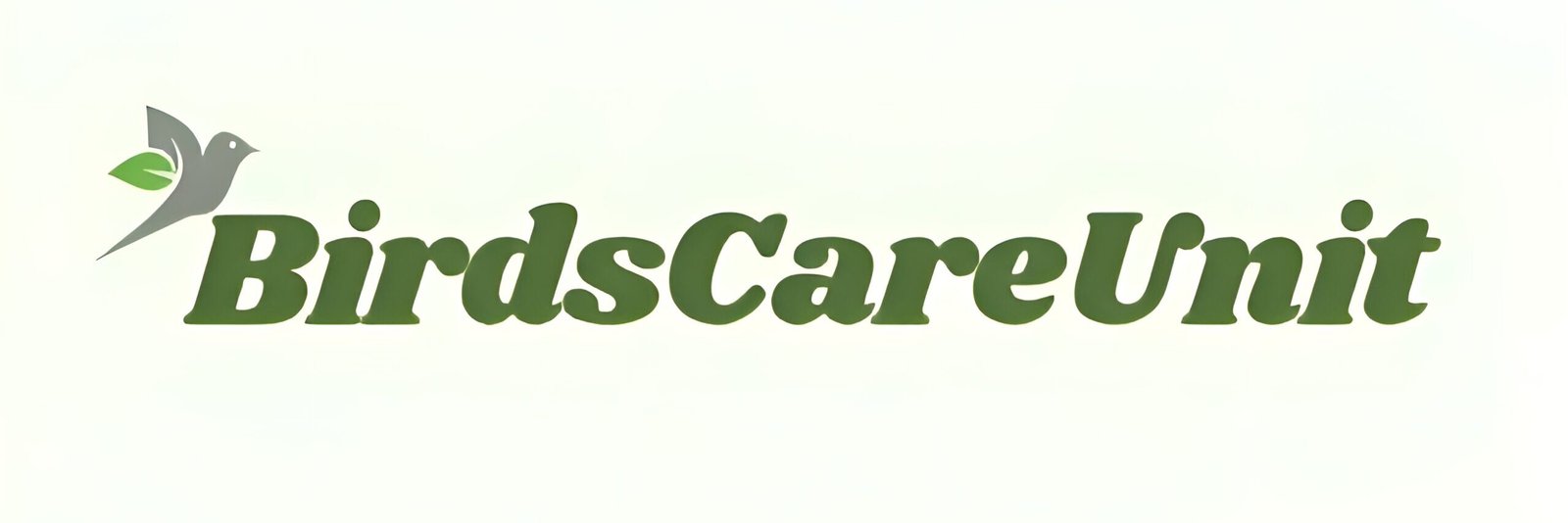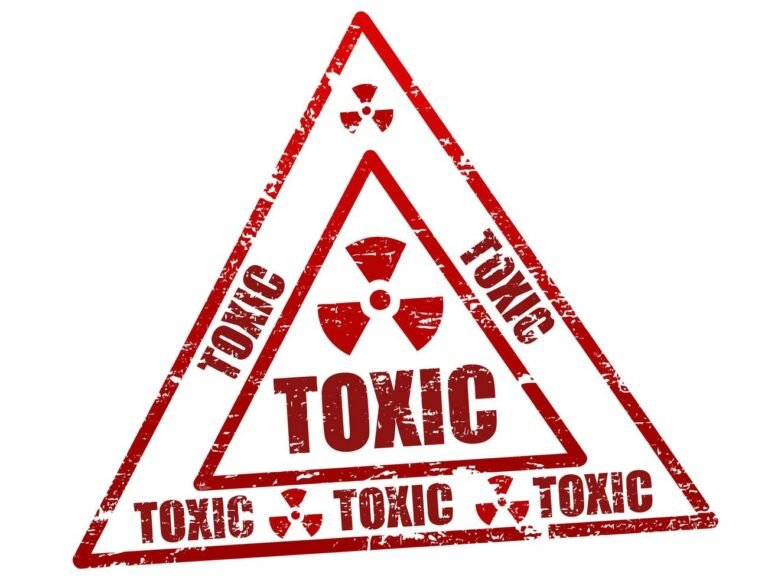The Essential Bird Cage Cleaning Tools: Names, Tasks, Advantages, and Disadvantages

Introduction
I own several pet birds, with lovebirds, parakeets, and cockatiels being the most common among them. Along with my birds, I also have a good collection of animals, including dogs and cats. When it comes to caring for birds, keeping their cages clean is essential for their health and well-being. Clean cages help prevent illnesses and ensure that your birds remain active and happy. As a breeder, maintaining cage cleanliness plays a key role in my success, as I want to ensure the birds stay healthy to avoid the stress of illness.
If any of my birds or animals become sick, it causes a great deal of worry and tension, which is why proper cage cleaning is so important. Today, I’ll be sharing my personal experience with various bird cage cleaning tools, their uses, advantages, and disadvantages. I hope this information will be beneficial for you as well. Being knowledgeable about these tools will help you keep your birds in top health and improve your overall experience as a bird owner or breeder.
1. Scrub Brush
Task:
The scrub brush is one of the most basic and essential tools for cleaning bird cages. It’s used for scrubbing down the surfaces of the cage, including the bars, perches, and trays. It helps in removing dirt, dried bird droppings, food residue, and any other debris that accumulates in the cage over time.
Advantages:
Effectiveness: Scrub brushes are highly effective at removing stubborn stains and grime. With enough scrubbing, even the most caked-on dirt will come off.
Versatility: They come in various sizes and shapes, which makes it easy to find a brush that can reach all corners of the cage. You can get a small brush for tight spaces and a larger one for wider surfaces.
Durability: A good scrub brush can last a long time, even with frequent use, making it a cost-effective tool.
Disadvantages:
Abrasiveness: Some scrub brushes can be too abrasive, especially on delicate cage surfaces, and could scratch them if you’re not careful. This is especially important for plastic or painted metal cages.
Manual Effort: Scrubbing requires effort. If you have many cages or a larger cage, it can be time-consuming and tiring. It’s also harder to scrub efficiently without the right cleaning solution, which brings us to our next tool.
2. Spray Bottle
Task:
A spray bottle is used to apply cleaning solutions or disinfectants to the bird cage. It allows you to spray an even coat of your chosen cleaner across surfaces like cage bars, trays, and perches, making it easier to remove dirt and sanitize the cage.
Advantages:
Precision: The spray bottle allows for controlled and precise application of cleaning agents, ensuring that you’re only applying the solution where it’s needed. You won’t waste any cleaning solution this way.
Refillable and Reusable: You can refill spray bottles with any cleaning solution of your choice, which makes it an economical option. Once purchased, you can use the same bottle for years.
Disadvantages:
Limited Coverage: Depending on the size of the spray bottle, it may not cover large areas efficiently. If you’re cleaning a big aviary or multiple cages, you may need to refill it several times.
Malfunction: Some spray bottles can clog or malfunction over time. You might find that the nozzle becomes less effective, and it can be frustrating when this happens during a cleaning session.
3. Microfiber Cloth
Task:
A microfiber cloth is used for wiping down surfaces after scrubbing or applying cleaning solutions. It’s perfect for drying surfaces, removing moisture, and ensuring a streak-free finish on metal or glass cage parts.
Advantages:
Absorbency: Microfiber cloths are known for their ability to absorb liquids. After cleaning with water or disinfectant, these cloths can quickly soak up the moisture, making them ideal for drying cages.
Gentle on Surfaces: Microfiber is gentle on the cage, reducing the risk of scratching bars or perches. It’s a great alternative to rougher materials like paper towels or standard rags.
Disadvantages:
Quick Saturation: Microfiber cloths can become saturated with water and dirt quickly, which means you may need to use multiple cloths during a single cleaning session, or stop to rinse and wring them out often.
Limited Reach: While great for larger surfaces, microfiber cloths may not be able to reach into very tight spaces as easily as a brush.
4. Vacuum Cleaner with Attachment
Task:
A vacuum cleaner with the appropriate attachment is excellent for removing loose debris like feathers, food, and dust from the bedding, trays, and cage corners. It’s particularly useful in larger cages or aviaries where debris accumulates quickly.
Advantages:
Efficiency: Using a vacuum can significantly speed up the cleaning process. Instead of manually sweeping or picking up debris, a vacuum can clear out bedding material, dust, and feathers in seconds.
Attachments: Many vacuums come with specialized attachments for tight corners or delicate areas, making them a versatile tool for cleaning different parts of the cage.
Disadvantages:
Noise: Some birds are frightened by the loud noise of a vacuum cleaner. This can cause stress, so you may need to remove your birds from the room or use the vacuum in short bursts.
No Wet Cleaning: Vacuums are great for dry debris, but they aren’t suitable for wet or sticky messes, meaning you’ll still need to use other tools for a thorough cleaning.
5. Disposable Gloves
Task:
Disposable gloves are essential for protecting your hands during cage cleaning. They provide a barrier between your skin and any waste, dirt, or cleaning chemicals you may come into contact with.
Advantages:
Protection: Gloves keep your hands safe from bacteria, bird droppings, and harsh cleaning agents. This is especially important if you’re using stronger disinfectants that could irritate your skin.
Convenience: After cleaning, you can simply throw the gloves away, ensuring that you aren’t transferring germs to other parts of your home.
Disadvantages:
Waste: Single-use gloves contribute to plastic waste, which is something to consider if you’re environmentally conscious. However, you can opt for biodegradable gloves if this is a concern.
Dexterity: Wearing gloves can reduce your dexterity and make it harder to handle small tools or perform tasks that require a delicate touch.
6. Steam Cleaner
Task:
A steam cleaner uses hot steam to disinfect and sanitize the bird cage without the need for chemical cleaning agents. It’s ideal for deep cleaning when you want to kill bacteria, viruses, and parasites.
Advantages:
Chemical-Free Cleaning: Steam cleaning is an environmentally friendly method that eliminates the need for potentially harmful chemicals. It’s especially useful if you’re concerned about chemical residues left in the cage.
Effectiveness: Steam cleaning kills germs and sanitizes the cage, ensuring a healthy environment for your birds. It can penetrate into nooks and crannies that may be hard to reach with a brush.
Disadvantages:
Initial Cost: A good steam cleaner can be expensive. While it’s a worthwhile investment, it may not be an immediate option for every bird owner.
Requires Power: You’ll need access to electricity and water to use a steam cleaner, which might not always be convenient, especially if you have outdoor aviaries.
7. Cage Liners or Papers
Task:
Cage liners or papers are placed at the bottom of the cage to catch waste and debris. They make waste removal easier by allowing you to simply remove and replace the liner when soiled.
Advantages:
Easy Cleanup: Liners provide a quick and convenient way to dispose of bird droppings, spilled food, and other messes. You can simply remove the dirty liner and replace it with a fresh one.
Absorbency: Many cage liners are designed to absorb moisture, helping to keep the cage dry and reduce the risk of mold or bacterial growth.
Disadvantages:
Recurring Cost: Cage liners need to be replaced regularly, which adds to the ongoing cost of maintaining your bird’s cage.
Potential for Chewing: Some birds like to chew on the liners, which can create a mess or even pose a health risk if they ingest the material.
Conclusion
Each of these tools plays a vital role in maintaining the cleanliness and hygiene of your bird’s cage. By choosing the right tools and incorporating them into your regular cleaning routine, you can ensure a safe and comfortable environment for your birds, promoting their health and happiness. Whether you are a new bird owner or an experienced breeder, understanding the advantages and disadvantages of each tool will help you clean more efficiently and effectively.
Cleaning your bird’s cage is not just a chore but an essential part of bird care. A clean cage leads to a healthy bird, which in turn makes for a happy pet owner. If you’re committed to the well-being of your feathered friends, take the time to invest in proper cleaning tools and routines.


